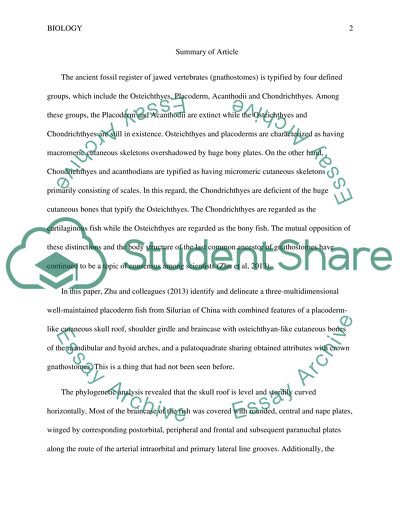A Silurian placoderm with osteichthyan Research Paper. Retrieved from https://studentshare.org/biology/1487116-a-silurian-placoderm-with-osteichthyan
A Silurian Placoderm With Osteichthyan Research Paper. https://studentshare.org/biology/1487116-a-silurian-placoderm-with-osteichthyan.


